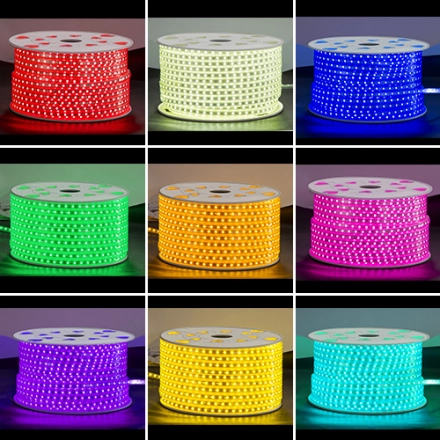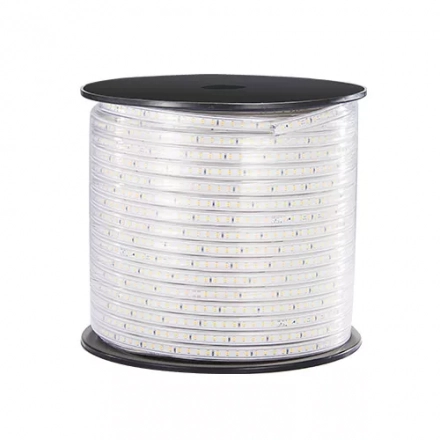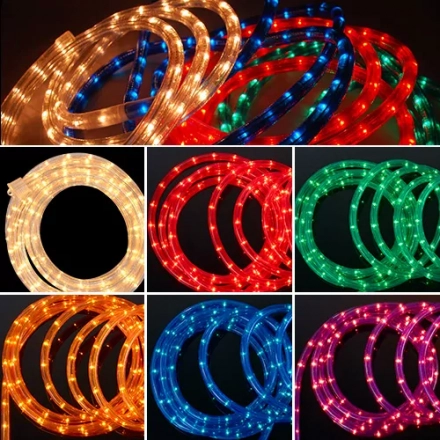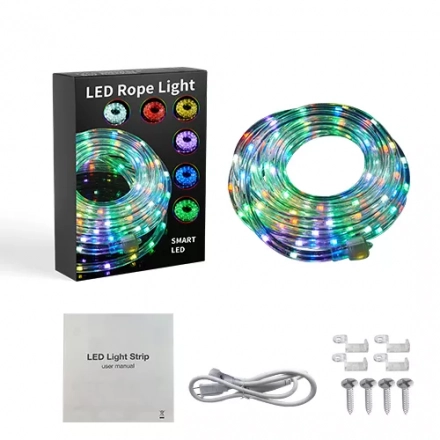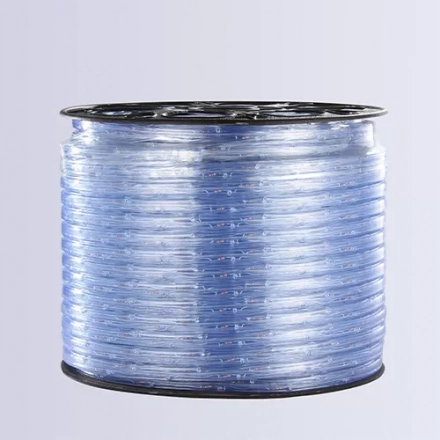Analyzing the Potential of LED Strip Light in Bioengineering Labs: Providing Specific Light Spectrum for Experiments
In recent years, LED strip lights have gained significant popularity due to their versatility and energy efficiency. These lights, commonly used for decorative purposes or ambient lighting, possess the potential to go beyond their traditional applications and find a new role in bioengineering labs. By providing specific light spectrums tailored to the needs of various experiments, LED strip lights could enhance research outcomes and revolutionize the way experiments are conducted.
LED strip lights offer several advantages over traditional lighting systems in bioengineering labs. One major benefit is their flexibility in producing a wide range of light spectrums. By adjusting the combination of red, green, and blue LEDs, it becomes possible to create a custom light spectrum that matches the requirements of specific experiments. This level of customization enables researchers to simulate natural lighting conditions or mimic specific wavelengths relevant to the growth and development of biological samples.
Furthermore, LED strip lights are highly energy efficient, generating less heat compared to conventional lighting options. This attribute is particularly valuable in bioengineering labs, where temperature control is crucial for maintaining the integrity of biological samples. The reduced heat emissions from LED strip lights can minimize the risk of heat-induced damage, ensuring the accuracy and reliability of experimental results.
In terms of applications, LED strip lights can play a vital role in various bioengineering experiments. For example, in plant growth studies, specific light spectrums are essential for stimulating photosynthesis or investigating the effects of different wavelengths on plant development. LED strip lights can be adjusted to emit light within the required spectrum, providing researchers with a precise tool to manipulate and study plant growth processes.
Similarly, in tissue engineering and regenerative medicine research, controlling the light spectrum becomes crucial. LED strip lights can be utilized to create specific wavelengths that promote cell proliferation or differentiation. This level of control allows researchers to optimize the growth conditions for engineered tissues and explore the impact of different light spectrums on cellular behavior.
Despite the potential benefits, there are a few challenges to consider when implementing LED strip lights in bioengineering labs. Firstly, ensuring the accuracy and consistency of the emitted light spectrum is essential. Calibration and regular maintenance of the LED strip lights are necessary to guarantee the reliability and reproducibility of experimental results. Additionally, the initial cost of LED strip lights and associated equipment may pose a barrier for some labs, although the long-term energy savings and improved research outcomes could outweigh this investment.
In conclusion, LED strip lights hold significant promise for bioengineering labs, providing the opportunity to deliver specific light spectrums tailored to the needs of various experiments. With their flexibility, energy efficiency, and potential applications in plant growth studies, tissue engineering, and regenerative medicine, LED strip lights have the potential to revolutionize the field of bioengineering. However, careful calibration, maintenance, and initial investment considerations are necessary to harness their full potential. As technology advances and costs decrease, LED strip lights may become a standard tool in bioengineering labs, driving innovation and facilitating groundbreaking research in the field.

